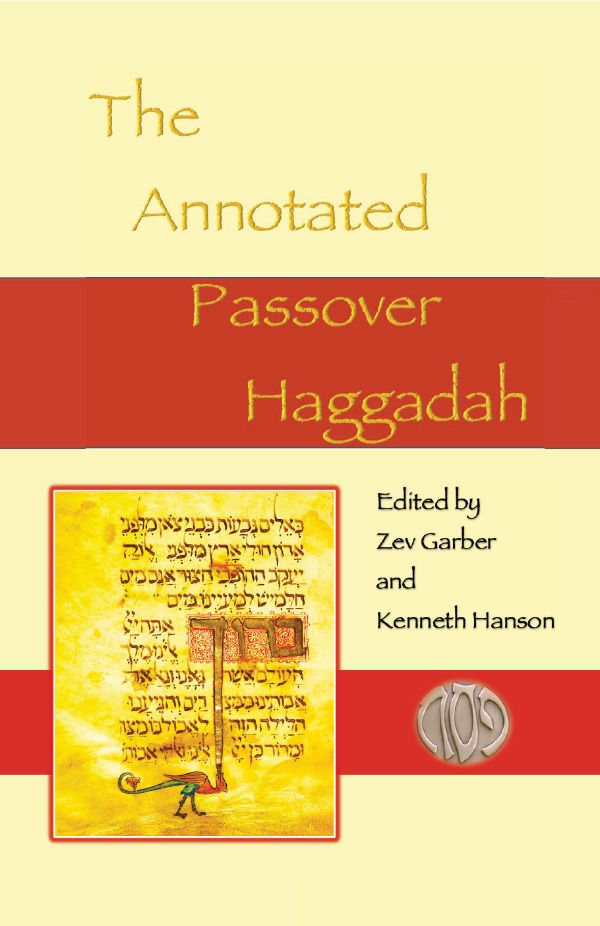For many religions, rituals serve as a way for members to come together and reaffirm their beliefs. The types of rituals that different religious groups perform vary widely. However, for Jews, one ritual involves a particularly important text: the Passover Haggadah.
At the end of March, Jews around the world will celebrate Passover, which commemorates the ancient Israelites’ Exodus from enslavement in Egypt. Passover begins with a meal called the Seder during which celebrants read from the Haggadah, a written text that recounts the story of the Exodus and leads Seder participants through the holiday’s rituals. For instance, the Haggadah contains elements such as prayers, songs, and fables.

Among the songs included in the Haggadah is “Dayenu,” which thanks God for the gifts he has bestowed upon the Jewish people. The song is over a thousand years old.
Including the Haggadah in Seder celebrations is nothing new. In fact, the act of reading a written text during the Seder goes back to the Middle Ages.
For instance, the Lombard Haggadah, which the public could view in April 2019 for the first time since 1900, has origins in late-fourteenth-century Milan. According to Les Enluminures, the New York gallery where it went on display, the Lombard Haggadah is “one of three illustrated medieval Haggadot still privately owned.” (“Haggadot” is the plural form of “Haggadah.”)

The Sarajevo Haggadah, another Haggadah dating back to the fourteenth century, was likely created by Spanish Jews in Barcelona. Some of its pages are wine-stained, revealing that it was a part of Seder celebrations from centuries ago.

The Birds’ Head Haggadah is an even older Haggadah, dating back to the thirteenth century. It was given its name because many of the human figures in the text were drawn with bird heads. It is the oldest known illustrated Haggadah that was produced as a separate entity from the prayer book.

As such, the Haggadah comes in many different forms. Some Haggadot are similar to the original Haggadah, while others cause Seder participants to reflect on modern issues. For example, in the 1930s, artist Arthur Syzk made a Haggadah that drew comparisons between the rise of fascism in Europe and the Egyptian Pharaoh’s domination over the Israelites. Syzk’s Haggadah opened the door for other artists and authors to create Haggadot that drew parallels to modern-day politics.
Today, there are Haggadot that draw parallels to social justice themes, including feminism, the LGBTQ+ community, and the Black Lives Matter movement. One of those Haggadah is the recently released publication from GCRR Press, The Annotated Passover Haggadah, which was written by the world’s most renowned Jewish scholars. This volume makes an important contribution since, while preserving both the traditional Hebrew text along with an equally traditional English translation, it provides important analytical, philosophical, and theological perspectives on the seminal event of Jewish consciousness and self-awareness. It is intended, notwithstanding its scholarly rigor, for practical use in family and congregational settings for those who wish, during this all-important night, to delve ever deeply into the Passover narrative.
Going beyond the “normative” observance of the Passover Seder, the The Annotated Passover Haggadah breaks new ground in referencing the increasing interest among Christians and Messianic Jews in observing the Exodus from Egypt.
Even the coffee company, Maxwell House, has made a Haggadah in order to market its kosher coffee. Beginning in the United States in the 1930s, Maxwell House offered its Haggadah in supermarkets alongside its cans of coffee. The company still offers free Haggadot at supermarkets, so long as clients purchase the company’s coffee. The Maxwell House Haggadah was even used at a 2009 Seder hosted by former President Barack Obama.

The rich history of the Haggadah shows just how religious rituals can survive—and change—throughout time, and the Haggadah is a perfect example of how religionists are able to go beyond the mere repetition of an annual ritual in order to have a more rewarding and profound experience.
Buy Your Copy Today!
.png)

Comments